Dijon Mustard has a very distinct taste. It originated from Burgundy, France in a town called Dijon. It has a flavor that comes from a kind of juice which comes from unripe grapes called verjus.
In some places, Dijon mustard can be a little difficult to find that is why we came up with a list that would help you out when it comes to looking for the substitute for this fine condiment.
Keep on reading because we are going to be listing down some amazing Dijon mustard substitutes. But before we get into that, let’s get to know this type of mustard first.
More...
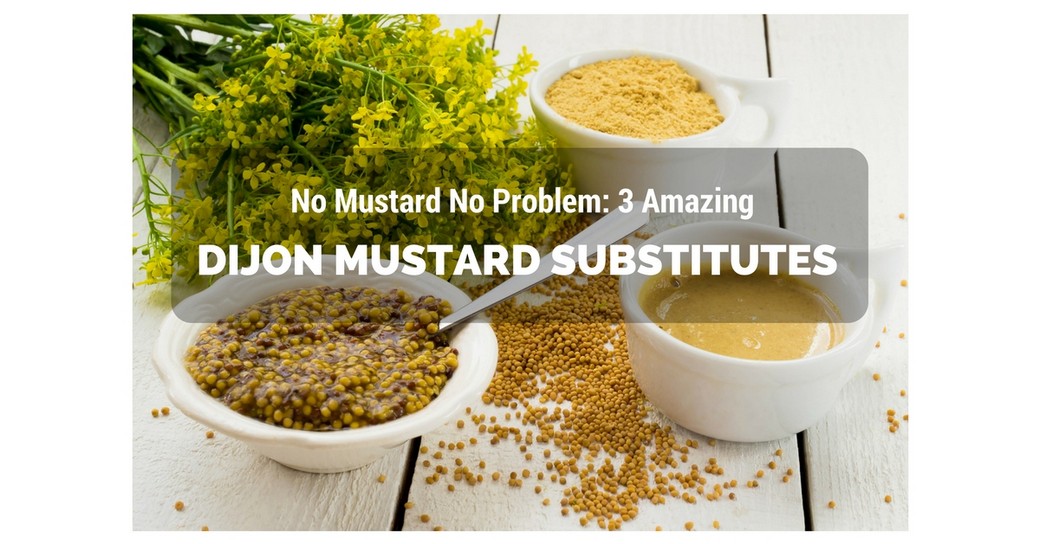
Dijon Mustard Background
Like what is written above, Dijon mustard was named after the town it originated from which is located in France. The very first time this kind of mustard had been used was in 1336 and it became popular around 1856 when verjuice was used to replace an ingredient of vinegar.
WHAT IS IT MADE OF?
The traditional Dijon Mustard is made from the seeds of a black mustard that swells up when they are soaked in water and blended with vinegar or white wine.
Once that’s done they add the necessary seasonings like tarragon, salt, lavender and ground turmeric for the coloring. Before it is placed in a bottle, the mixture must stand for three days.
Simply fascinating isn’t it? From a simple seed that grows in the countryside to a world renowned condiment.
- DID YOU KNOW? The Grey Poupon Mustard company merged with another company called “Maille” so that they could preserve the authentic recipe of Dijon Mustard in France.
NUTRITION FACTS (via myfitnesspal.com)
- 1 TSP (5ml)
- Calories: 10
- Sodium: 115
- Total Fat: 1g
HEALTH BENEFITS OF MUSTARD
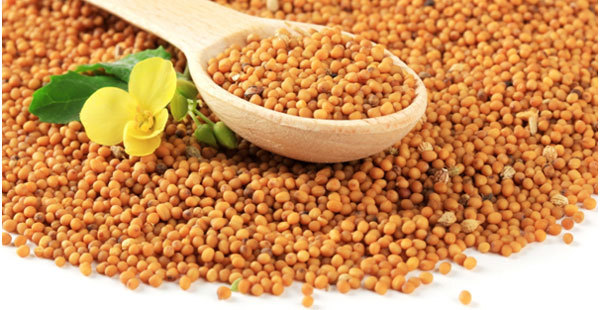
HEALTH BENEFITS OF MUSTARD Via stylecraze
- Dijon Mustard can help fight constipation since it contains 7 grams of fiber which is needed by the body to help prevent constipation and to remove cholesterol out of the blood vessels
- It can also help you out when you have a hard time sleeping. It contains magnesium, which is a mineral that is linked to tranquillity of sleep which helps if you are suffering from insomnia
- It is great if you want to have a healthier hair and skin. It has antibacterial properties that prove to clean skin and nourishes hair. It can make your skin acne-free
- It helps when it comes to reducing cardiovascular and respiratory diseases
- It can help in lowering cholesterol and aids in when it comes to managing diabetes
- It prevents cancer and cures chronic bronchitis
- It can help you if you are trying to lose weight because of its B-complex vitamins that fasten metabolism
DIJON MUSTARD SUBSTITUTES
Here are some substitutes for Dijon mustard that you can get or make
YELLOW MUSTARD
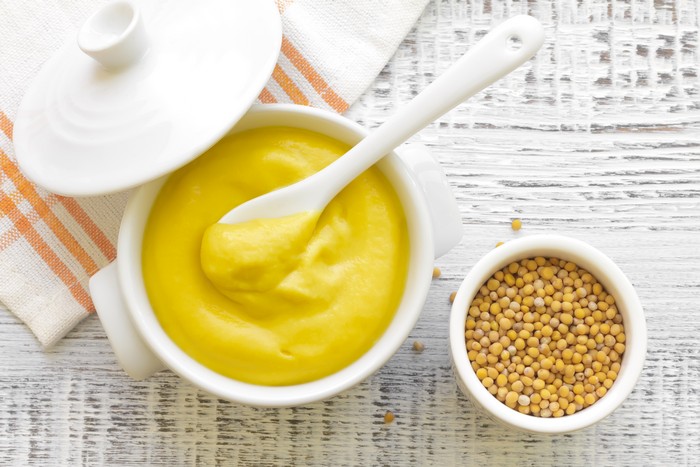
Yello Mustard
Everybody knows what yellow mustard is. It is normally called “American Mustard” if you’re from the other countries since it is one of the most basic condiments in the US
- It commonly used on hotdog sandwiches. It is also very convenient because it is accessible in every grocery store and even online
- Yellow mustard can be a substitute for Dijon mustard if you want a less spicy version of it
- It is also smoother and has more tart compared to the Dijon mustard
One teaspoon of Dijon mustard has about 10 calories and 115 milligrams of sodium which is very high compared to yellow mustard that only has 57 milligrams of sodium a teaspoon
NUTRITION FACTS (via myfitnesspal.com)
- 1 TSP (5ml)
- Calories: 3
- Sodium: 57mg
- Total Fat: 0.2g
Yellow Mustard Health Benefits Via BENEFITS INFO TV
HONEY MUSTARD
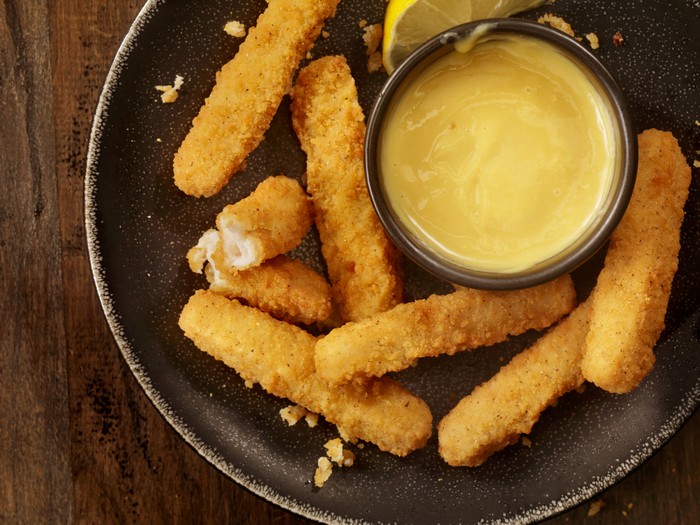
All White Meat Chicken Fries with Honey Mustard
This certain type of mustard is a combination of honey and mustard, hence the name
- It can also be a mix of deli mustard and Dijon mustard which makes it a sweeter version of Dijon mustard
- Honey mustard can also serve as a dressing for salads if you combine vinegar or olive oil with it
- It is also commonly used on sandwiches or as a dip for finger foods
- Just like Yellow Mustard, you can also access this from any grocery store near you
NUTRITION FACTS (via myfitnesspal.com)
- 1 TSP (5ml)
- Calories: 90
- Sodium: 102.2mg
- Carbs: 6.96g
- Protein: 0.15g
- Potassium: 10mg
- Total Fat: 2.7g
Homemade Honey Mustard - Delicious and Super Easy Via Cuchara Original
WASABI
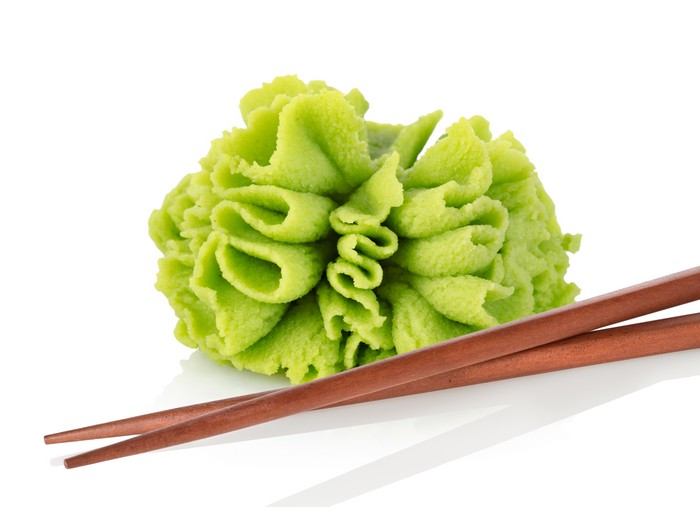
Wasabi
Mustard came from seeds and wasabi came from a plant. Yes, it came from the family of cabbages and horseradish that is why it is commonly known as “Japanese Radish”
- Wasabi is generally sold as a paste which makes it look like a toothpaste that is used for the teeth
- If you go to some Japanese restaurants, when you order sushi it will often come with a teaspoon of wasabi
- You CANT substitute a LARGE amount of wasabi with Dijon mustard since it packs a lot of heat. Instead just get tiny dabs of it for perfect flavoring
- They have a lot of American made wasabi which is just imitations and cannot really give justice to the organic one
- The American made wasabi contains green food dye, mustard seed, and horseradish
- Wasabi is not just good for spicy flavoring, it also has antibacterial properties that can help reduce the risk of food poisoning
- DID YOU KNOW? Fresh wasabi plants can be eaten and it will taste as spicy as the paste
NUTRITION FACTS (via myfitnesspal.com)
- 1 TBSP (15g)
- Calories: 16.3
- Sodium: 2.6mg
- Carbs: 3.5g
- Protein: 0.7g
- Potassium: 85.2mg
- Total Fat: 0.1g
How is it prepared?
It is often grated with a metal called oroshigane, which is a Japanese grater that is made of tin-coated copper plates and compared to a regular western-style grater, the oroshigane a much finer grating.
Do-It-Yourself DIJON MUSTARD
If you don’t want to use any of the alternatives above, you can always just make your own Dijon mustard with just ONE SIMPLE STEP
INGREDIENTS
- 1 tbsp Dry Mustard
- 1tsp Water
- 1tsp White Wine Vinegar
- 1tbsp Mayonnaise
- 1 pinch Sugar
MIX ALL THE INGREDIENTS
And there you have it, you wouldn’t have to worry about not having Dijon mustard anymore, you can just choose from any of the substitutes above or just simply make your own
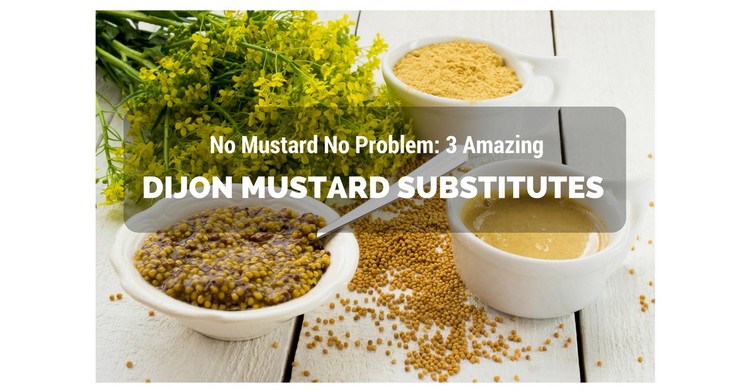
Leave a Reply